The Sichuan-Tibet Highway, particularly the western small loop, has long been a magnet for adventurers seeking breathtaking landscapes and cultural immersion. However, the increasing popularity of this route has led to notorious traffic congestion, especially during peak travel seasons. For those looking to escape the gridlock while still experiencing the magic of western Sichuan, the "reverse 318" strategy offers a brilliant alternative. This approach flips the traditional itinerary, allowing travelers to avoid the worst of the crowds while discovering hidden gems along the way.
The concept of reverse travel along the 318 National Highway isn't new, but its application to the western Sichuan loop requires precise timing and route knowledge. Unlike the conventional clockwise route that most tour groups follow, the counterclockwise journey begins in Kangding rather than Chengdu, immediately putting travelers ahead of the pack. This subtle shift in starting point creates a cascade effect throughout the itinerary, ensuring that you arrive at major attractions either before the crowds descend or after they've moved on.
Morning departures take on new significance when following the reverse route. Where traditional itineraries might suggest leaving Tagong at 8 AM to reach Xinduqiao by noon, the reverse schedule advocates for a later 10 AM departure. This timing ensures you miss the outgoing convoy of vehicles from the previous night's lodging while catching the midday light that perfectly illuminates the grasslands. The play of shadows across the undulating hills creates photographic opportunities that early risers often miss in their rush to beat traffic.
The Yajiageng Pass, typically jammed with photo-snapping tourists between 11 AM and 2 PM, reveals its tranquil majesty when visited during the late afternoon on the reverse route. As the majority of vehicles begin descending toward their evening destinations, reverse travelers find themselves virtually alone at viewpoints that normally host dozens of competing tripods. The quality of light during these hours transforms the snow-capped peaks into a golden panorama that feels personally curated.
Accommodation strategies form the backbone of successful reverse routing. Rather than competing for rooms in the usual overnight stops, savvy travelers target lesser-known villages that fall between the standard stages. Places like Luhuo or Daofu, often bypassed by conventional tours, offer authentic Tibetan hospitality without the inflated prices or booked-out situations of more famous stops. These alternate bases provide not just logistical advantages but cultural encounters that have disappeared from the more commercialized nodes along the standard route.
The reverse approach particularly shines when confronting the bottleneck at Mount Gongga viewpoints. Traditional itineraries funnel all traffic through these areas between 9-11 AM, creating parking nightmares and rushed visits. By arriving in the early evening instead, travelers witness the sacred mountain bathed in alpenglow while having viewing platforms nearly to themselves. This timing also allows for unhurried contemplation of the glaciers' blue hues as daylight fades - an experience impossible during the crowded midday hours.
Local dining patterns become an unexpected benefit of the reversed schedule. Restaurants along the route typically prepare their freshest ingredients for the lunch rush, leaving reverse travelers who eat at off-peak hours with both better service and higher quality meals. The Tibetan momo (dumplings) in Litang taste distinctly better when the kitchen staff isn't overwhelmed by busloads of simultaneous orders. Evening markets in smaller towns also offer more authentic street food experiences compared to the tourist-geared midday offerings at major stops.
Fuel availability, a constant concern on these high-altitude routes, actually improves with reverse routing. Most drivers top up their tanks in the morning before setting out, creating lines at gas stations from 7-9 AM. The reverse schedule has you refueling in the late afternoon when stations are quieter and tanks are more likely to be freshly replenished after the day's deliveries. This simple timing difference can save hours of queuing during busy periods.
The psychological rhythm of reverse travel creates a more relaxed journey overall. Instead of constantly racing against guidebook-recommended schedules and competing with other groups for photo ops, travelers find themselves moving against the grain in a way that naturally spaces out experiences. This counterflow mentality extends to cultural interactions as well - villagers are more likely to engage in conversation when not dealing with the twentieth group of visitors that morning.
Seasonal considerations add another layer of sophistication to the reverse strategy. During autumn foliage season, when the route sees its highest traffic, reversing the standard itinerary means encountering the spectacular yellow larch forests of Bipenggou at times when the sun angle highlights their brilliance rather than flattening it. Similarly, summer monsoon clouds that typically obscure afternoon views become dramatic backdrops when encountered during morning reverse-travel hours.
Navigation apps, while useful, require special configuration for reverse routing success. The standard estimated times between points assume conventional traffic flows and don't account for the reduced congestion of reverse travel. Savvy navigators add 25-30% to app-predicted durations to create a more leisurely pace that maximizes serendipitous discoveries - a roadside hot spring here, an unmarked monastery there - that make the journey as rewarding as the destinations.
The return leg into Chengdu benefits tremendously from reverse timing as well. Instead of fighting weekend traffic returning to the provincial capital on Sunday evening, reverse travelers arrive on weekday mornings when the city's ring roads are relatively clear. This allows for smooth transitions to flights or train connections without the stress of unpredictable delays that plague conventional return schedules.
Implementation of the reverse 318 strategy does require some itinerary adjustments. Important sites that normally open early, like the Larung Gar Buddhist Academy, need to be visited on modified schedules. However, these minor compromises are outweighed by the ability to experience the academy's evening prayer sessions - a spectacle most tourists miss by being locked into morning-only visits. The reverse schedule essentially trades rushed dawn departures for profound cultural moments that linger in memory.
Photographers particularly benefit from the reverse route's timing. The standard itinerary often places them at key locations during harsh midday light, while the reverse flow aligns with golden hours at prime viewpoints. The play of morning mist in the Yalong River valley or the late afternoon glow on Tibetan stupas becomes accessible without special detours or sleep deprivation. Even roadside shots gain depth when not hurried by convoys of impatient vehicles behind you.
Local guides familiar with reverse routing can provide invaluable assistance in fine-tuning the schedule. They know which checkpoints have flexible opening times and which scenic spots are worth rearranging the standard order for. Their knowledge of alternate routes around construction zones - a constant issue in this geologically active region - keeps the journey flowing smoothly regardless of official highway conditions.
The reverse 318 approach ultimately transforms the western Sichuan loop from a checklist of must-see locations into a genuinely immersive experience. By stepping outside the herd mentality of conventional touring, travelers discover not just more efficient logistics but deeper connections with the landscapes and cultures that make this route legendary. The mountains remain the same, but the manner of encountering them - on your own terms, at your own pace - makes all the difference.

By /Aug 4, 2025

By /Aug 4, 2025

By /Aug 4, 2025

By /Aug 4, 2025

By /Aug 4, 2025

By /Aug 4, 2025

By /Aug 4, 2025

By /Aug 4, 2025

By /Aug 4, 2025

By /Aug 4, 2025
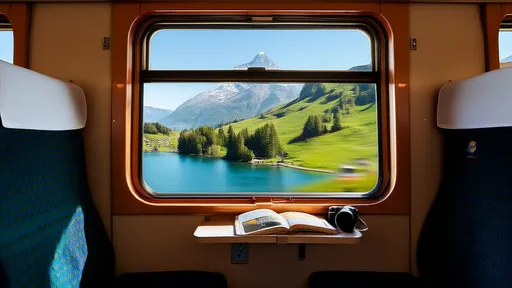
By /Aug 4, 2025
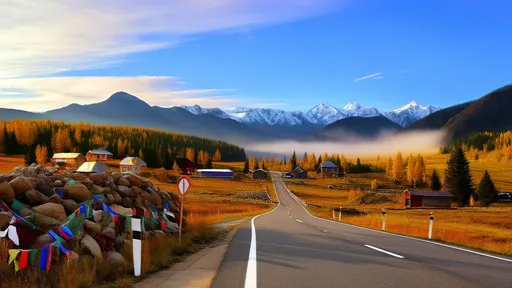
By /Aug 4, 2025

By /Aug 4, 2025

By /Aug 4, 2025
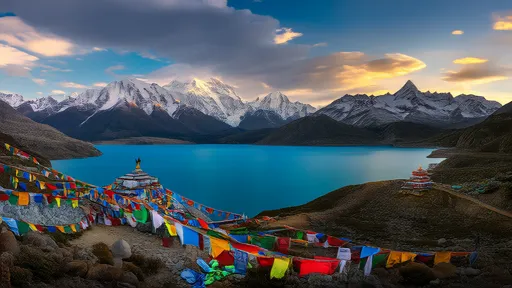
By /Aug 4, 2025
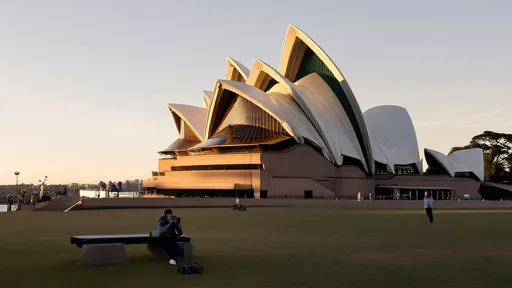
By /Aug 4, 2025

By /Aug 4, 2025

By /Aug 4, 2025

By /Aug 4, 2025
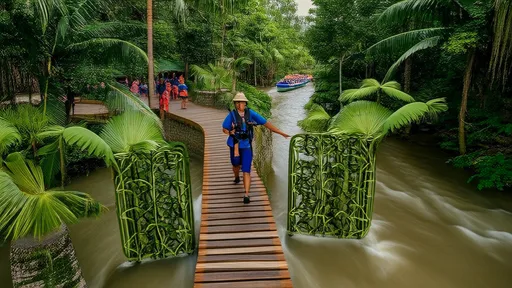
By /Aug 4, 2025